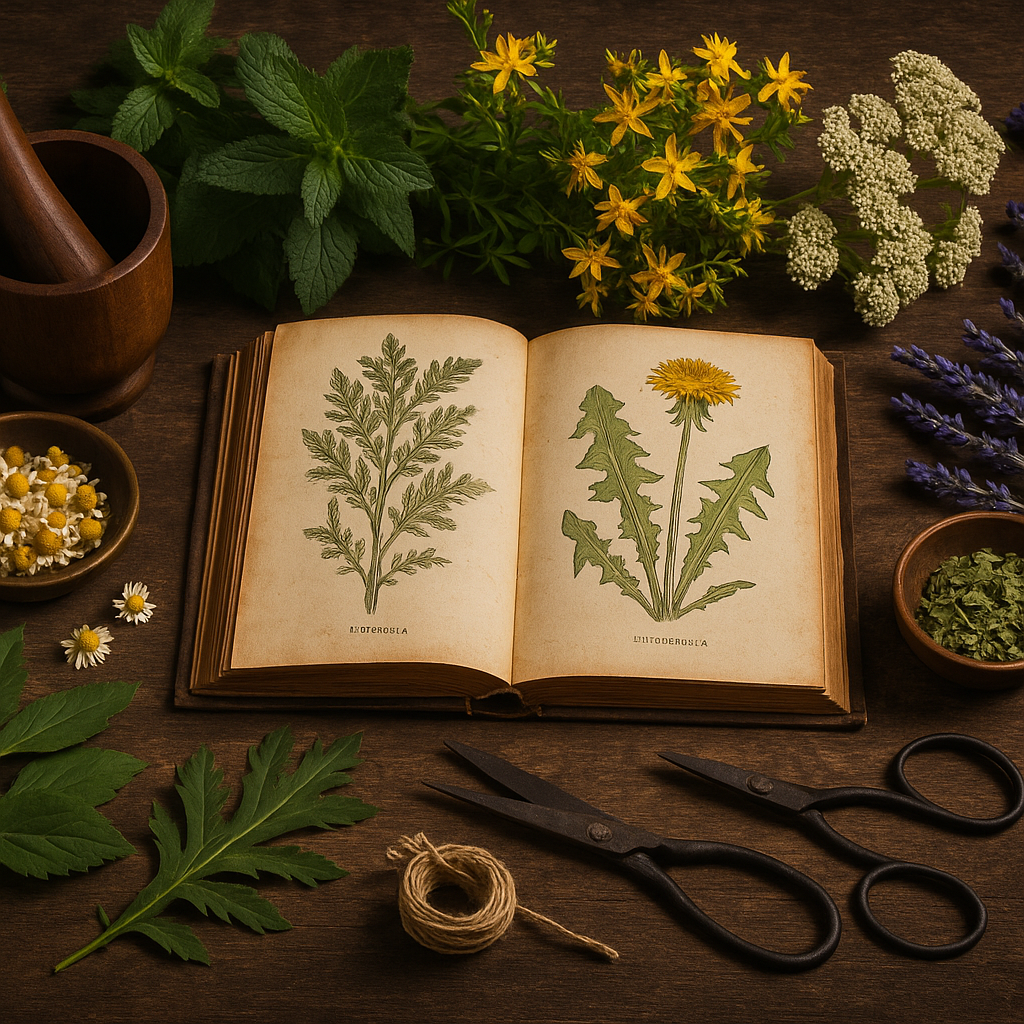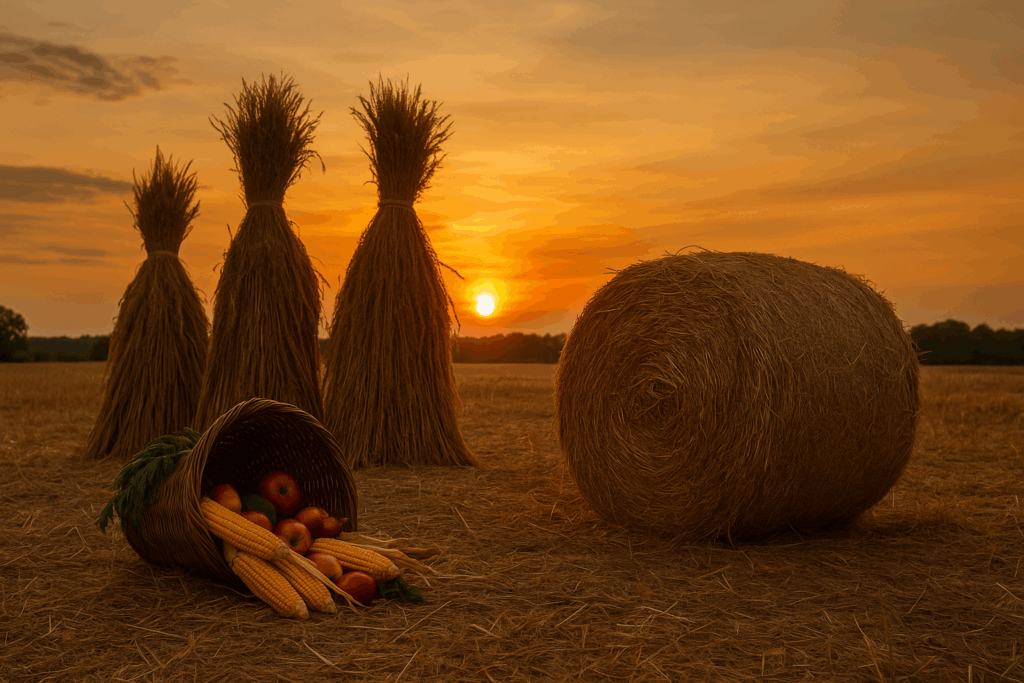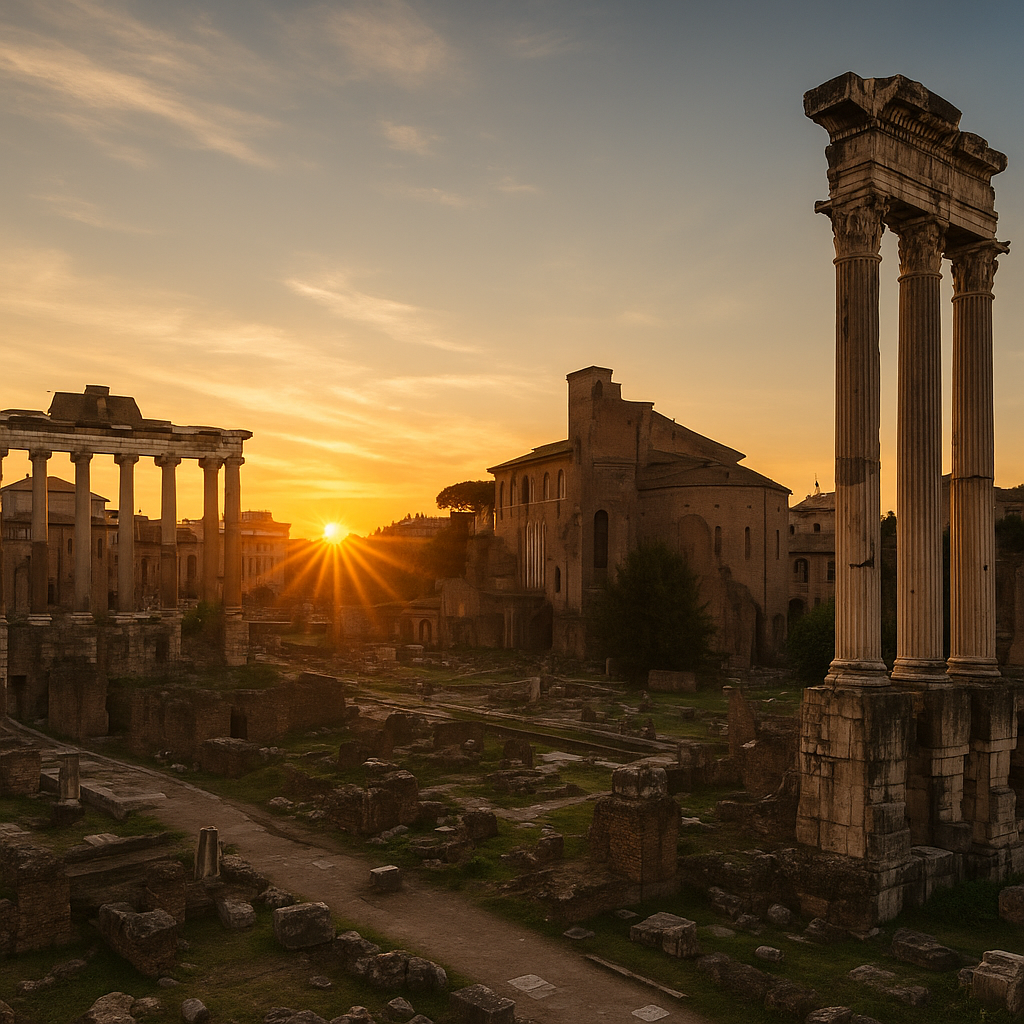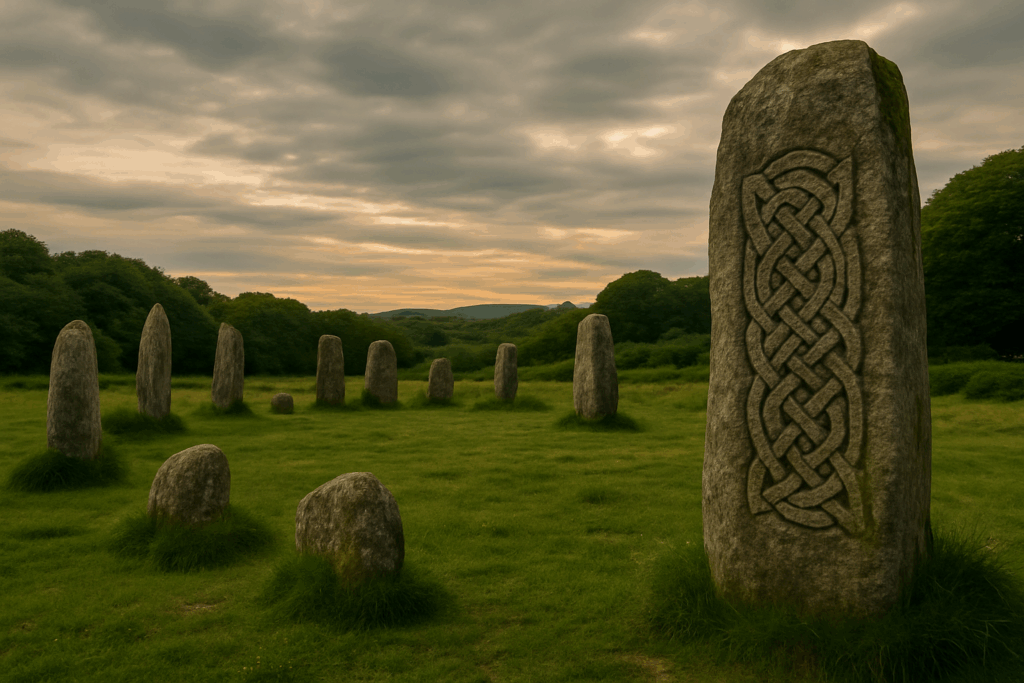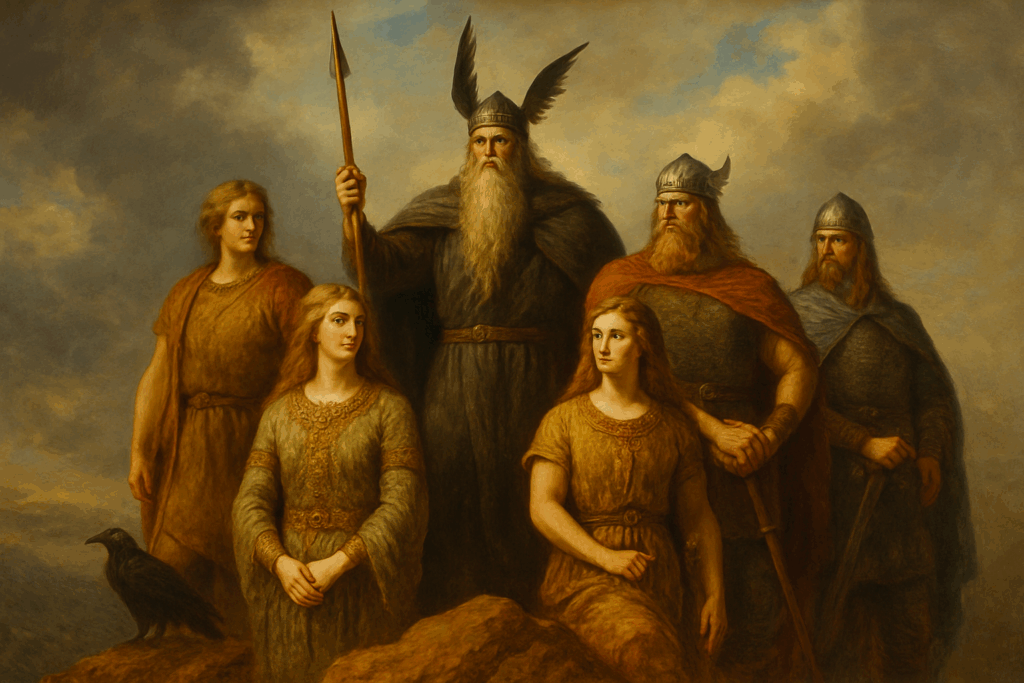October 26 – The Hollow Between Worlds
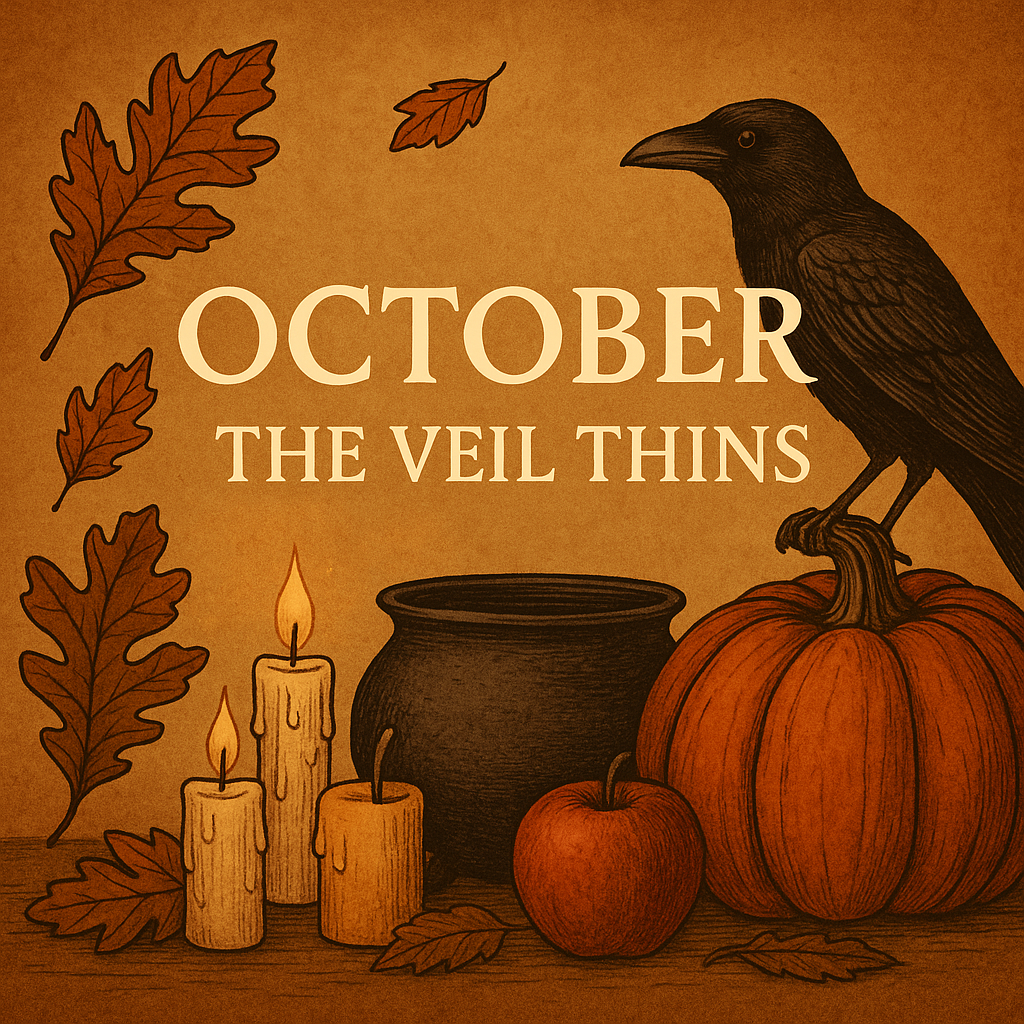
Preparing your altar for Samhain; recognizing liminal energy.
By the last week of October, the year feels like it has exhaled. The brightness of harvest is behind us, and a stillness settles over the land. There is something suspended in the air — not emptiness, but pause. The veil is nearly open now, and every shadow seems deeper, every sound more significant. You can sense the turning in your bones. The world feels thinner, softer, like a page worn at its edges. This is the hollow between worlds — the brief, sacred space where endings and beginnings meet, where the living and the dead draw close enough to touch.
To live in tune with the old ways is to understand that such thresholds are not merely metaphors; they are energies that can be felt, honored, and worked with. This time is one of those thresholds, and it asks for awareness. The hollow between worlds is not a place of fear, but of reverence. It is the pause between heartbeats, the silence before the first snowfall. In this stillness, the spirits stir. The air thickens with memory, and the boundaries between realms begin to blur. To walk through these final days before Samhain with mindfulness is to step gently across sacred ground.
Preparation for this crossing begins with the altar. In ancient and modern practices alike, the altar serves as the bridge between the human and the divine. It is where our world meets the unseen — a point of focus through which energy, intention, and devotion flow. As the veil thins, the altar becomes more than a sacred space; it becomes a beacon. The light of your candles, the offerings you place, and the prayers you whisper are like lanterns shining through mist, guiding your ancestors and spirit allies toward your hearth.
Begin by clearing the space. Dust, sweep, and wipe down the surface of your altar, not out of mundane duty, but as ritual cleansing. Each motion is an act of reverence. As you clean, visualize stagnant energy lifting away like cobwebs caught in light. Once the surface gleams, pause and breathe. Feel the energy shift — the altar is ready to receive.
Now, gather your materials with intention. The colors of this season are rich and earthy: deep reds, golds, browns, and black. You might place a dark cloth upon your altar to represent the fertile womb of night, the soil of transformation. Upon it, arrange symbols of the season — small pumpkins, apples, acorns, fallen leaves, or dried herbs. Each object is a token of the turning year, a fragment of the earth’s wisdom preserved in form.
Next, make space for your ancestors. Place their photographs, heirlooms, or symbols that represent lineage and heritage. If your ancestry is complex or uncertain, you may honor the collective ancestors — the wise ones, the unknown hands who shaped the world before you. Add a candle or lantern to represent the guiding light that connects you to them. When you light it, imagine it burning across time, a beacon between worlds.
Offerings are a vital part of this altar. Bread, apples, wine, or milk are traditional gifts for the departed, but you may offer whatever feels heartfelt — a cup of tea, a few coins, even a poem or song. The essence of the offering is sincerity. The spirits respond not to grandeur, but to genuine connection. Speak aloud as you set them down: “To those who came before, I give thanks. May you find warmth and rest within this flame.”
You might also include representations of your spiritual guardians or deities — those who guide you through transitions. Hecate, the Morrígan, Persephone, or any figure of threshold and transformation may be invoked here. Each symbolizes movement between worlds, a reminder that darkness is not an end but a passage. Surround these figures with small stones, bones, or keys to mark the sacred boundary of your space.
When your altar feels complete, sit before it quietly. Let your gaze soften. The energy may feel different than usual — heavier, perhaps, or more vibrant. That is the presence of the hollow between worlds making itself known. The veil does not open with fanfare; it thins like fog, gradually and gently. You might sense it as a change in the air, a tingling in your skin, or a sudden awareness of being observed with affection. These are not coincidences. They are acknowledgments from beyond, subtle gestures of recognition.
This is also the ideal time for reflection. What are you carrying that no longer belongs to this year? What has reached its natural ending? The hollow between worlds invites release. Write down what you are ready to let go of — fears, habits, grief, or doubts — and place the paper upon your altar. You can burn it safely later, offering the smoke as transformation. The ashes may be scattered outdoors to symbolize surrender.
Working with liminal energy requires respect and grounding. Always begin and end your rituals with clear boundaries. When your work is complete, thank the spirits and gently close the space. Extinguish the candles one by one, saying, “The light remains, though the flame rests.” This reminds the energies that they are welcome in blessing, but must not linger uninvited. The hollow between worlds is powerful, but it can also be draining if entered carelessly. Balance reverence with discernment.
If you feel drawn, spend time in meditation before your altar over the next few nights. You may see images in the candlelight or hear whispers in the stillness. Keep a journal nearby for impressions and dreams. The closer Samhain draws, the more vivid the connection becomes. Messages from ancestors often arrive in symbols — a song in your mind, a scent with no source, a flicker of candle flame at a name spoken aloud. These are all forms of communion. Accept them with gratitude and humility.
Outside, the world mirrors the altar’s energy. The trees stand half-bare, their leaves carpeting the ground like offerings. The air carries the scent of woodsmoke and earth. Everything seems poised on the edge of sleep. Yet within this pause lies promise. The hollow between worlds is not only about the dead; it is also about potential. Just as the earth prepares its hidden seeds for spring, we too prepare ourselves for rebirth in the months to come. The silence is fertile. The darkness hums with possibility.
When you finish your preparations tonight, take a final look at your altar. Let your eyes rest on each object — the candle, the fruit, the photo, the key. Breathe deeply and feel the connection between your world and the unseen. You have created a bridge of love and intention, one that honors the past and invites wisdom forward. The hollow between worlds is not a void; it is a womb. Out of its quiet depth, new life and new understanding will eventually rise.
So listen closely in these last October nights. The wind in the trees, the creak of the house, the whisper at the edge of dream — all are part of the same sacred hush. The world is exhaling, and in that breath, you can hear the spaces between. There is magic there. There is peace there. There is the promise of what is yet to be born.

